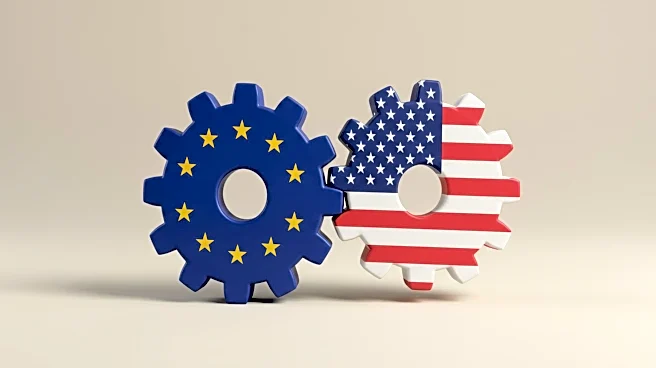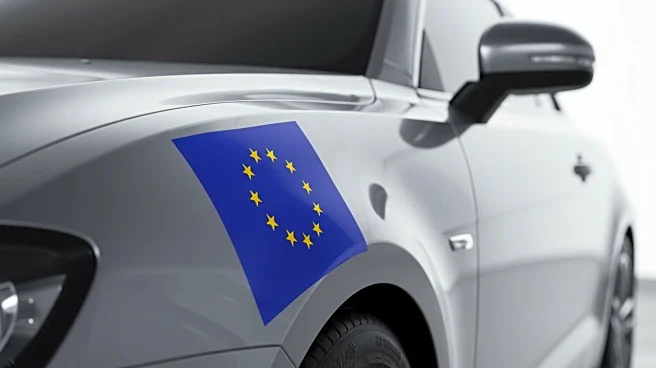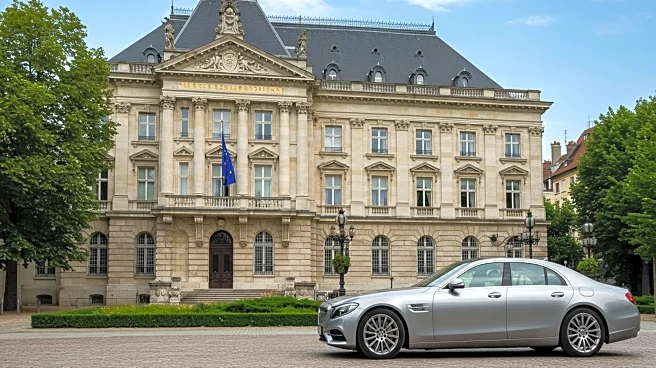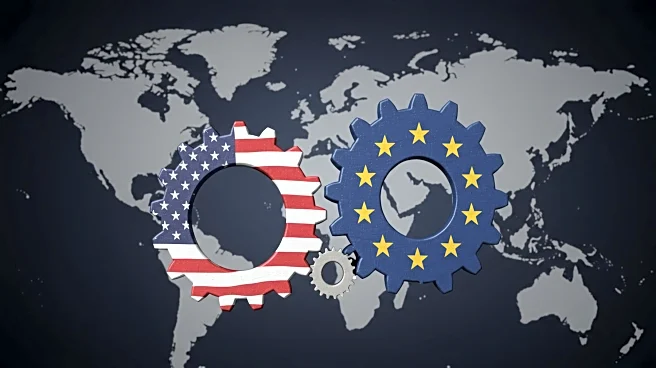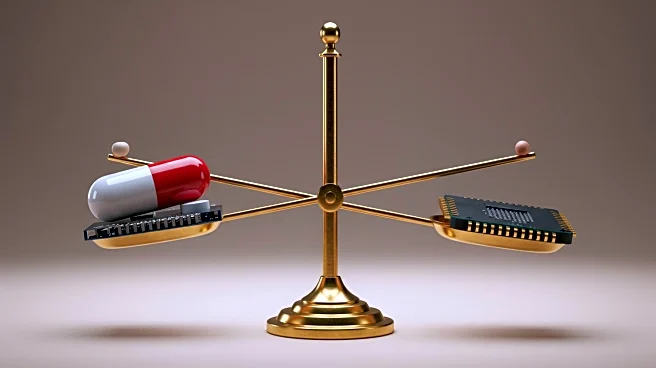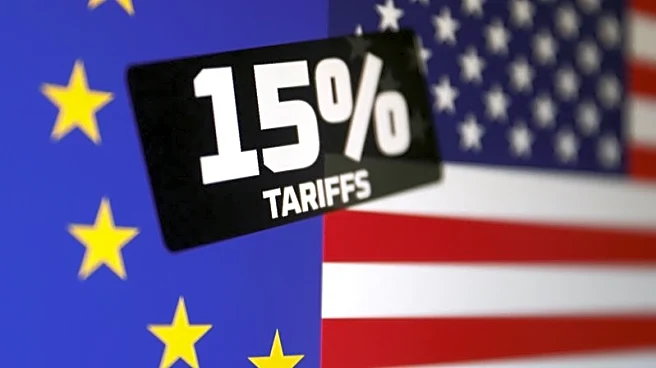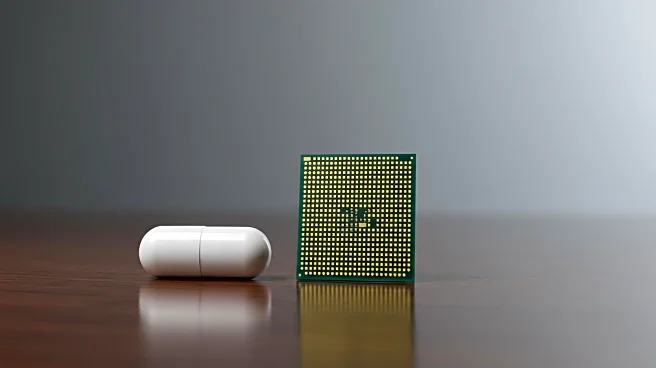Rapid Read • 7 min read
The United States has decided to keep high tariffs on European cars until the European Union introduces legislation to reduce its own tariffs on US exports. The Trump administration has agreed to lower the current 27.5% US tariffs on European cars to 15%, contingent upon the EU's legislative actions. The framework trade deal, announced by President Trump and European Commission President Ursula von der Leyen, includes commitments to eliminate tariffs on US industrial goods and provide preferential market access for US seafood and agricultural products. The US aims to charge a 15% tariff on most EU imports, including autos, pharmaceuticals, semiconductors, and lumber.
AD
The decision to maintain high tariffs on EU cars reflects ongoing trade tensions between the US and the EU. The automotive industry is a significant economic sector for both regions, and the tariffs could impact production costs, consumer prices, and market competitiveness. The negotiations highlight the complexities of international trade agreements and the strategic interests of both parties. The outcome of these discussions could influence future trade policies and economic relations between the US and the EU.
The US and EU are expected to continue negotiations to finalize the trade deal and address tariff concerns. The introduction of EU legislation to reduce tariffs on US goods will be a critical step in lowering US tariffs on European cars. Industry stakeholders and political leaders will be closely monitoring the progress of these negotiations and their impact on trade dynamics.
AD
More Stories You Might Enjoy


